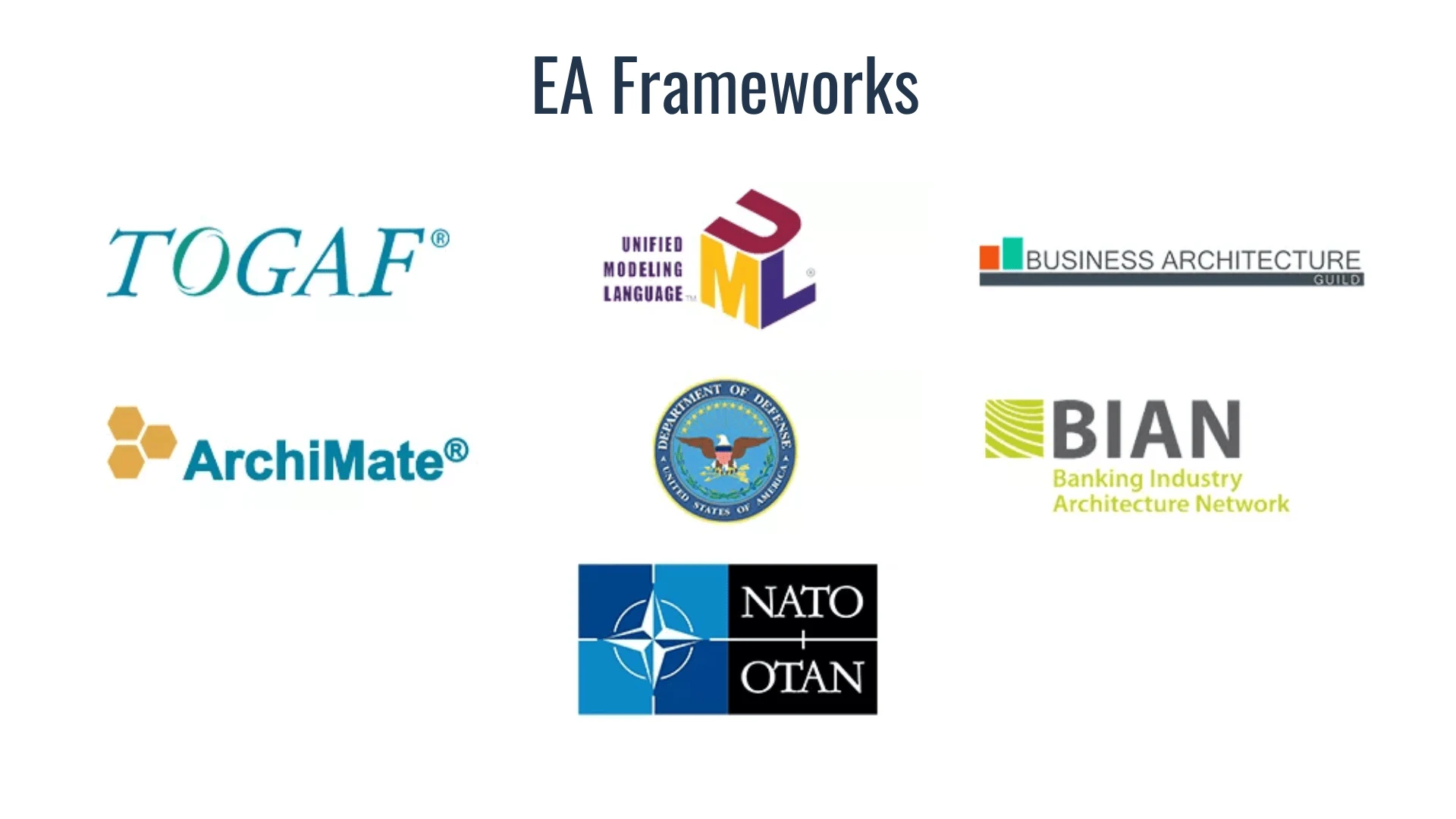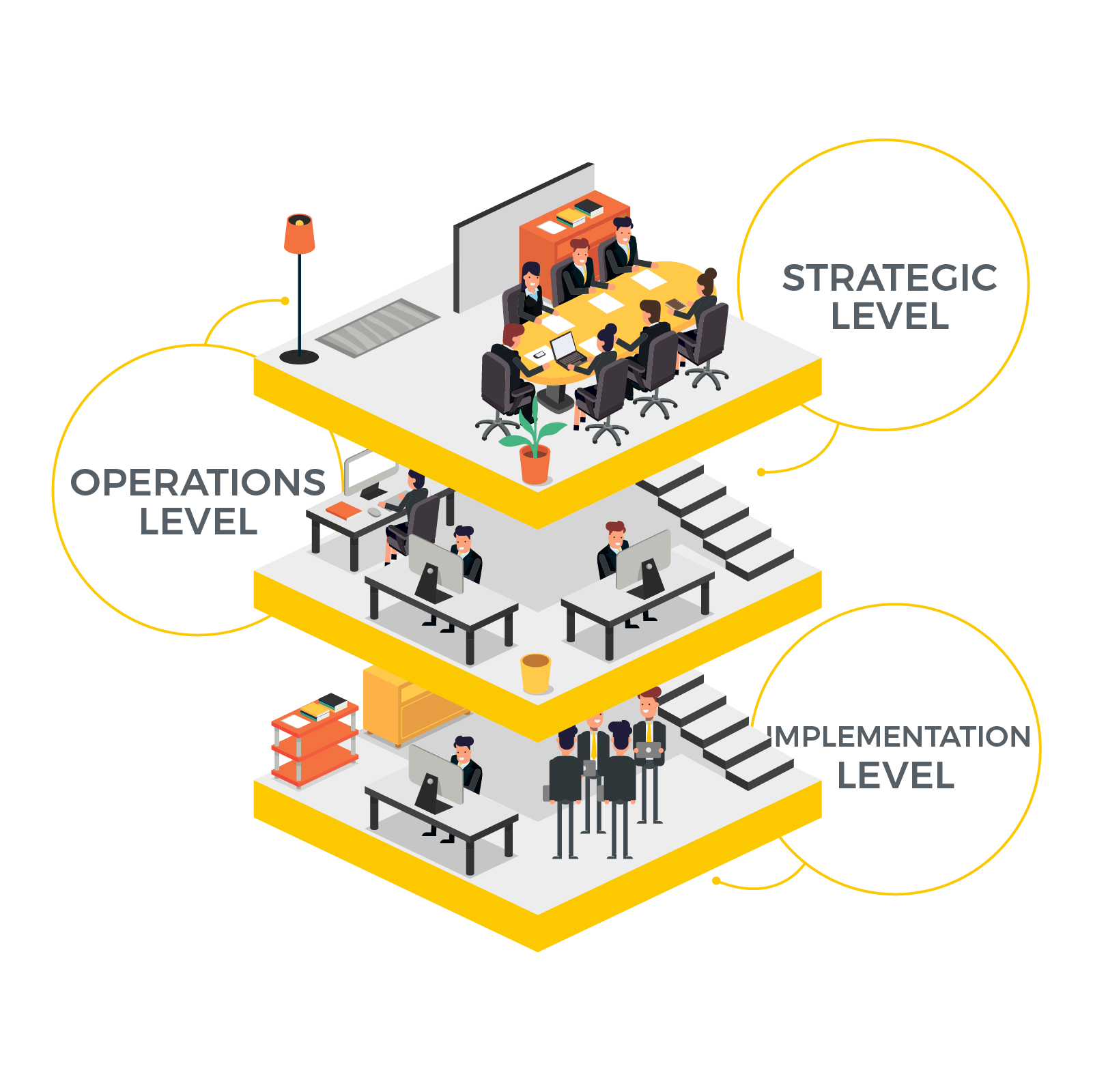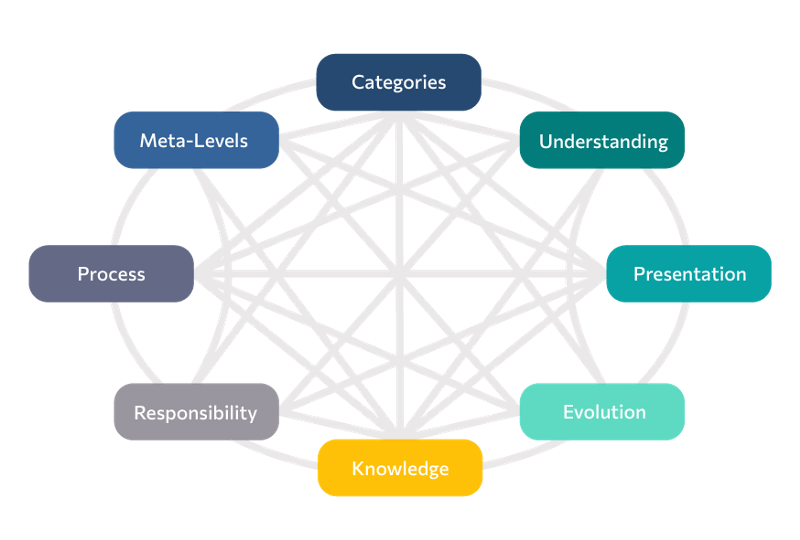Do EA frameworks still hold value in modern business?
The Relevance of Enterprise Architecture (EA) Frameworks Today

Do EA frameworks still hold value in modern business? The straightforward response might be a dismissive “no.” They’re often viewed as relics – constraining rather than enabling, and potentially diverting focus from genuine transformation. However, that’s too simplistic a verdict.
The reality is that the choice of an EA framework can significantly influence outcomes. And while rigid adherence to any one framework, whether TOGAF or Zachman, can be limiting, there’s wisdom within these structures that can inform your strategies. Mastery of the rules is essential before you can effectively break them. Moreover, a shift away from frameworks mandates the right tools for a more adaptive approach.
Below, we dissect the constraints of traditional EA frameworks, weigh the merits and drawbacks of prominent ones, and guide you toward a liberated, future-focused EA methodology.
Defining an EA Framework
An EA framework is a standardized set of practices for crafting, understanding, and scrutinizing business, IT, and application architectures. Its utility lies in:
- Establishing a common EA language and concepts.
- Navigating the complexities of EA projects.
- Providing measurable benchmarks to gauge and refine EA initiatives.
Theoretically, these frameworks are designed to facilitate the development and execution of EA strategies, tailored to the specific needs of your organization.
The Limitations of EA Frameworks
The crux of EA frameworks is theoretical, with a heavy emphasis on planning and conceptualizing. Yet, the true aim of EA goes beyond planning; it’s about enhancing organizational capabilities, efficiency, and communication.
Frameworks can indeed be beneficial, but they also risk:
- Fostering “ultimate solution” fallacies: Many EA frameworks perpetuate the idea of defining a perfect, unchanging architecture, ignoring the dynamic nature of businesses.
- Impeding rather than enabling: EA should collaborate across business functions to facilitate meaningful solutions. Over-planning can lead to a disconnect from real-world challenges.
EA’s notoriety as an “Ivory Tower” is well-earned due to architects often crafting plans that are detached from practical realities. Frameworks exacerbate this by prioritizing planning over actionable change.
Leading EA Frameworks

While the discussion around EA frameworks is predominantly theoretical, let’s turn to practice, focusing on three major frameworks:
- The Zachman Framework
The Zachman Framework, developed in the 1980s, is recognized for its 30-cell matrix that categorizes architectural terms. Despite updates, its practical utility remains debatable.
Pros:
- Simplifies conceptualization and planning.
- Adaptable to various enterprises.
- Continuously updated to remain relevant.
Cons:
- Theoretically heavy, fostering an “Ivory Tower” mindset.
- Lacks practical deployment guidelines.
- Rooted in outdated technology paradigms.
Bottom Line: Useful for standardizing language and contextualizing plans, but less effective for actual implementation.
- TOGAF (The Open Group Architecture Framework)
TOGAF, despite its ambition to guide EA projects from start to finish, often becomes a repository of ideas rather than a practical guide, especially for novices.
Pros:
- Comprehensive in theory.
- Rich in terms, notations, and artifacts.
- Widely recognized and adaptable.
Cons:
- Overwhelmingly complex.
- Impractical step-by-step structure.
- IT-centric, sometimes at the expense of broader business needs.
Bottom Line: A vast knowledge base that’s challenging to navigate for new architects but offers value with the right training.
- FEAF (Federal Enterprise Architecture Framework)
FEAF, tailored for the US government but also used in the private sector, has similarities to Zachman and TOGAF, with an emphasis on planning and documentation.
Pros:
- Comprehensive and combines features of Zachman and TOGAF.
- Suitable for government-related organizations.
Cons:
- Can lead to over-planning.
- May focus on trivial details.
- Less flexible compared to other frameworks.
Bottom Line: A modern framework but with inherited traditional limitations.
Additional Noteworthy Frameworks
Beyond the big three, there are several others worth mentioning:
- DoDAF: For the US Defense Department, with steps and models to guide EA projects.
- The Gartner Methodology: A dynamic, process-focused approach, albeit behind a paywall.
Other models include the NIST EA Model, Stephen Spewak’s Enterprise Architecture Planning (EAP), and resources like the Business Architecture Body ofKnowledge (BizBoK) and varied government frameworks like the Australian Government Architecture Reference Model.
Additional Insight: Commonalities Across EA Frameworks
Understanding shared elements of EA frameworks can provide a foundation for custom framework development or selection:

- Categories: Organize information effectively.
- Understanding: Establish a common language.
- Presentation: Choose the best format for data.
- Evolution: Account for changes over time.
- Knowledge: Differentiate explicit from tacit information.
- Responsibility: Assign action-related roles.
- Process: Contextualize the use of information.
- Meta Levels: Manage metadata with administrative insight.
A Vision for a Nimble EA Future
While we began questioning the significance of EA frameworks, it’s clear they can be instrumental—provided they’re applied with a discerning, flexible approach. Utilize frameworks to cultivate a shared understanding and to refine problem-solving strategies. Avoid letting them dictate your strategic thinking or devolve into planning for planning’s own sake. With the right mindset and tools like EA software, frameworks can serve as a means to a more dynamic and effective enterprise architecture.